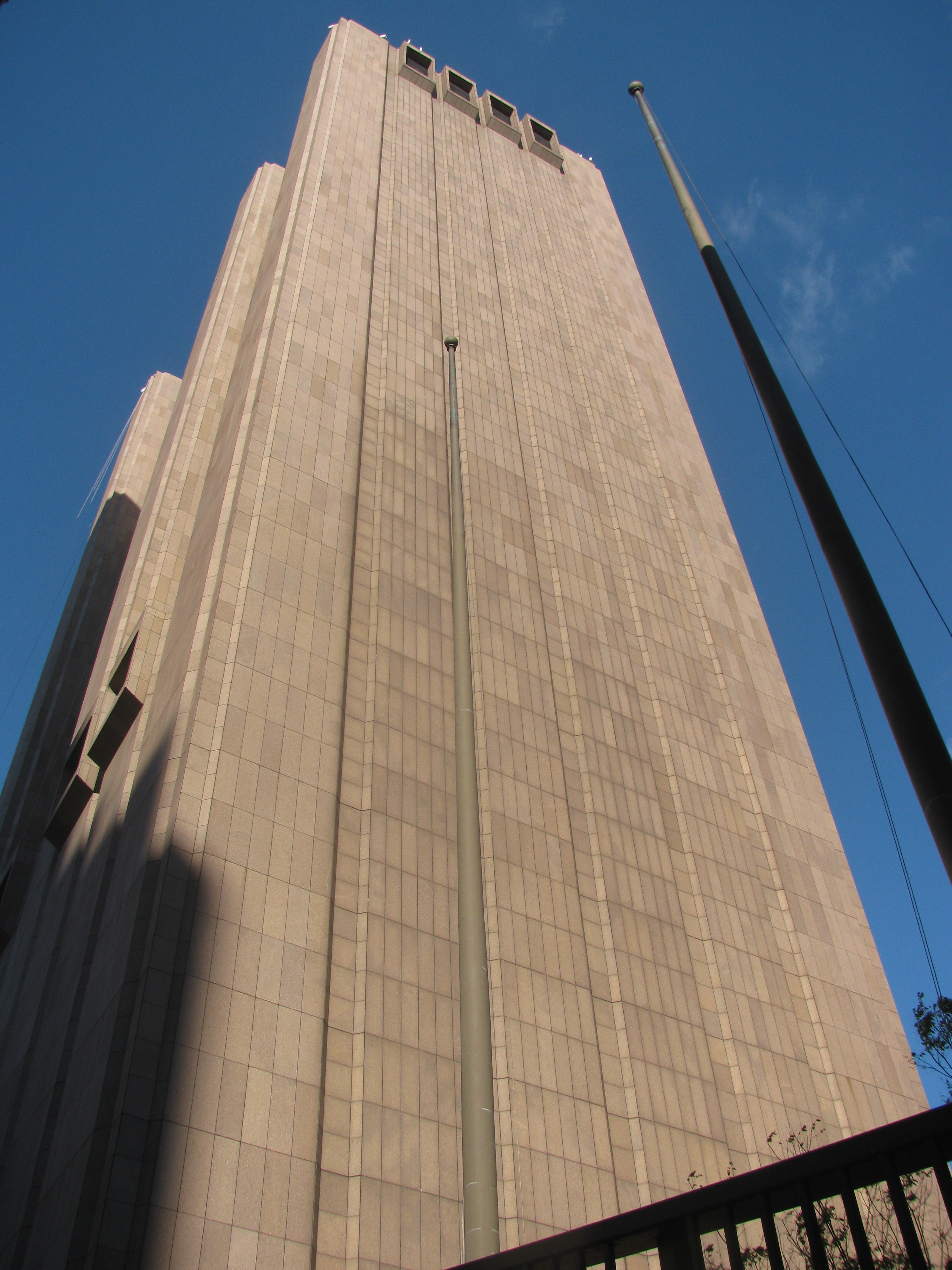Seems to me the object of much of Brutalist structures is to enclose as much space as possible within a particular budget and find some way of disguising the intent.
You can certainly see this aspect in the shopping centres that plague UK towns and cities - I know these are specifically money oriented equipment, but it exemplifies the point I am making.
I every case, those Brutalist shopping centres have more retail space than the previous structures, however those who commission these monstrosities completely misunderstand the concept of shopping itself. The idea of ‘going to town’ is so much more than the mere functional prospect of acquiring stuff - for many of us working all week, this is a day out, a time to wander around, see and be seen, look at the latest trends in clothes, furniture and design of products and perhaps even select something with the dream of improving our lives.
Now try fit that into the Brutalist scheme of things, and it is immediately apparent there is a total mismatch. The interiors of shopping centres are such that you could be in any town in any country of the world, they are so sterile, and generic. There is nothing special about visiting a ‘shopping experience’ in Manchester because its almost identical to what we have in Leeds, and that is no recommendation of Leeds at all - far from it.
The reaction to this has been pretty obvious, for those who do study retail architecture, the older more ornate and decorative humanistic architecture had been allowed to run down all through the 1960’s through to the 1980’s and now city councils are ‘rediscovering’ them - though they were there all the time.
This has caused them to refurbish many such areas and have given them a ‘heritage’ feel, and this works, those places are often crowded and full of the ‘eye candy’ product boutiques at very good retail prices - there is money in such work.
When I look at my own city centre, it is quite noticeable that the places that struggle to attract clients and rent out space are those anodyne Brutalist shopping centres, ultimately in the retail game, Brutalism does not even make economic sense, despite the increased sales floor area it produces.
If you want a stark personal experience then work out which of these shopping areas you would prefer to browse around in a Saturday afternoon with the wife and kids for a pleasant time,


Here is your Brutalist alternative

http://www.yourlocalweb.co.uk/images/pictures/13/48/st-johns-centre-car-park-132529.jpg

These two shopping areas are literally less than 10 shopping bag laden minutes apart.
I find it noteworthy that even on the website of the S John’s shopping centre, they do not have any picture galleries, I wonder why that would be?
Just for comparison, here is what the St John’s centre replaced - a run down area that had not seen any significant investment for 70 years, and yet it was still more popular than the modern alternative.(and look at all the Brutal stuff in the background)
http://www.flickr.com/photos/danielrobot/215341532/
I will moderate my comments somewhat here, because in that last image, some of those Brutalist structures in the background have been demolished, but others have been refurbished and re-clad, and in fact are acceptable enough, just a change of windows and a covering up of the awful acres of concrete have made a huge difference. In some cases these refurbished and disguised Brutalist structures are very much an improvement on what had originally poorly constructed and badly maintained Victorian buildings.
This then become less debate about architectural ideologies, but instead is about design and human environmental considerations, its about things being appropriate within their surroundings and for their function, a badly laid out structure is a failure at all levels - this is simply architectural incompetence.
Unfortunately the Brutalist architect seems unapologetic for this incompetence, and this inflexibility coupled with an inability to be truly self critical is another reason why Brutalism is so offensive to those who are forced to utilise these huge errors of judgement.
Basically, we all make mistakes and Brutalist architects refuse to do so.





